
FREE SHIPPING ON
ALL QUALIFYING ORDERS
Enter your email below to join our mailing list:
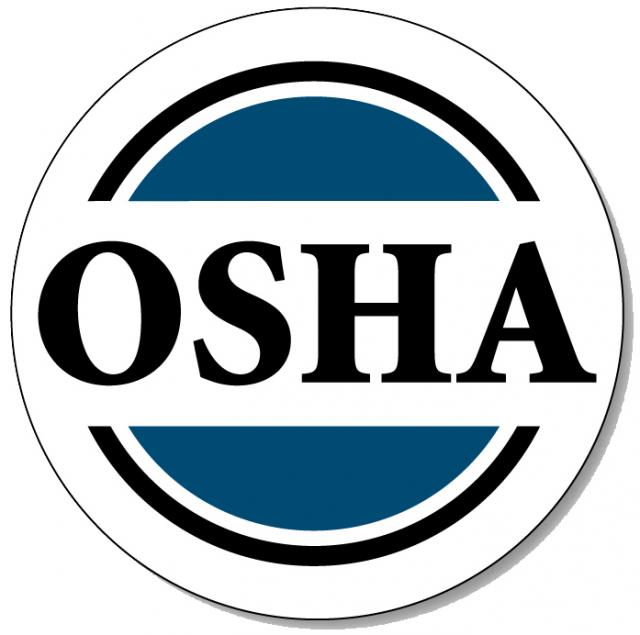
Competent person – One who is capable through training and experience of identifying existing and predictable hazards in the surroundings or working conditions that are unsanitary, hazardous or dangerous to employees, and who has authorization to take prompt corrective measures to eliminate them. (OSHA, 29 CFR 1926.450 (b))
When is a competent person required for scaffolding?
OSHA’s scaffolding standard defines a competent person as “one who is capable of identifying existing and predictable hazards in the surroundings or working conditions, which are unsanitary, hazardous to employees, and who has authorization to take prompt corrective measures to eliminate them.”
The standard requires a competent person to perform the following duties under these circumstances:
Does the competent person have to be qualified in safety issues relating to the use of the scaffold, such as guardrails and fall arrest equipment, or just in safety issues relating to scaffold erection and structural integrity?
The standard does not specify particular training requirements for competent persons. Instead, it defines a competent person in terms of capability. Section 1926.450(b) defines a competent person as “one who is capable of identifying existing and predictable hazards in the surroundings or working conditions which are unsanitary, hazardous, or dangerous to employees, and who has authorization to take prompt corrective measures to eliminate them.” The preamble to the standard further defines the training of the competent person (bottom of the right paragraph on page 46,059 of Volume 61, Number 170 of the Federal Register) by stating:
“For example, a ‘competent person’ for the purposes of this provision must have had specific training in and be knowledgeable about the structural integrity of scaffolds and the degree of maintenance needed to maintain them. The competent person must also be able to evaluate the effects of occurrences such as a dropped load, or a truck backing into a support leg that could damage a scaffold. In addition, the competent person must be knowledgeable about the requirements of this standard. A competent person must have training or knowledge in these areas in order to identify and correct hazards encountered in scaffold work.”
The competent person must be able to carry out the tasks specified in the standard. In order to be able to carry out the tasks required in §1926.451(f)(3) — inspecting for visual defects and structural integrity — the competent person needs to have knowledge in the issues relating to the strength and structural integrity of the scaffold. With respect to your question — whether the competent person needs to be knowledgeable about guardrails and fall arrest equipment — the answer is yes to the extent they affect the structural stability of the scaffold. For example, if a personal fall arrest system will be attached to the scaffold, a practice that many manufacturers do not recommend, the competent person must know if the anchor points and scaffold will be able to sustain the loads of an arrested fall.
Does the competent person need both (1) the same training as a scaffold erector, plus (2) additional training on how to inspect scaffolds and recognize hazards?
Section 1926.454 states that a competent person will train employees involved in erecting, disassembling, moving, operating, repairing, maintaining, or inspecting a scaffold. To meet this requirement, a competent person must be fully knowledgeable about erecting, disassembling, moving, operating, repairing, maintaining and inspecting the scaffold. As a practical matter this will usually mean that the competent person will need the same training as a scaffold erector plus whatever additional training is necessary to carry out these other duties.
If you require any further assistance, please do not hesitate to contact us again by writing to: Directorate of Construction – OSHA Office of Construction Standard and Compliance Assistance, Room N3621, 200 Constitution Avenue N.W., Washington D.C. 20210.
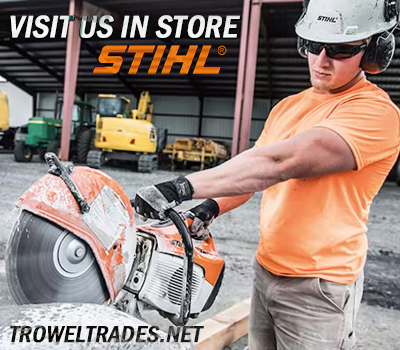

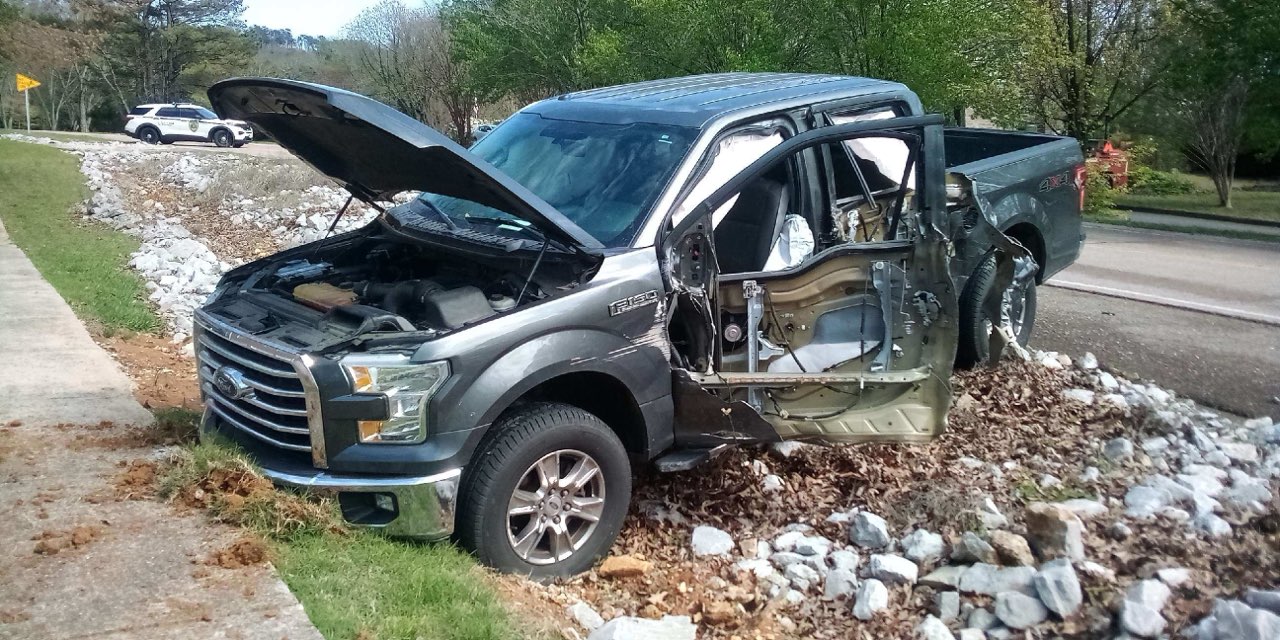
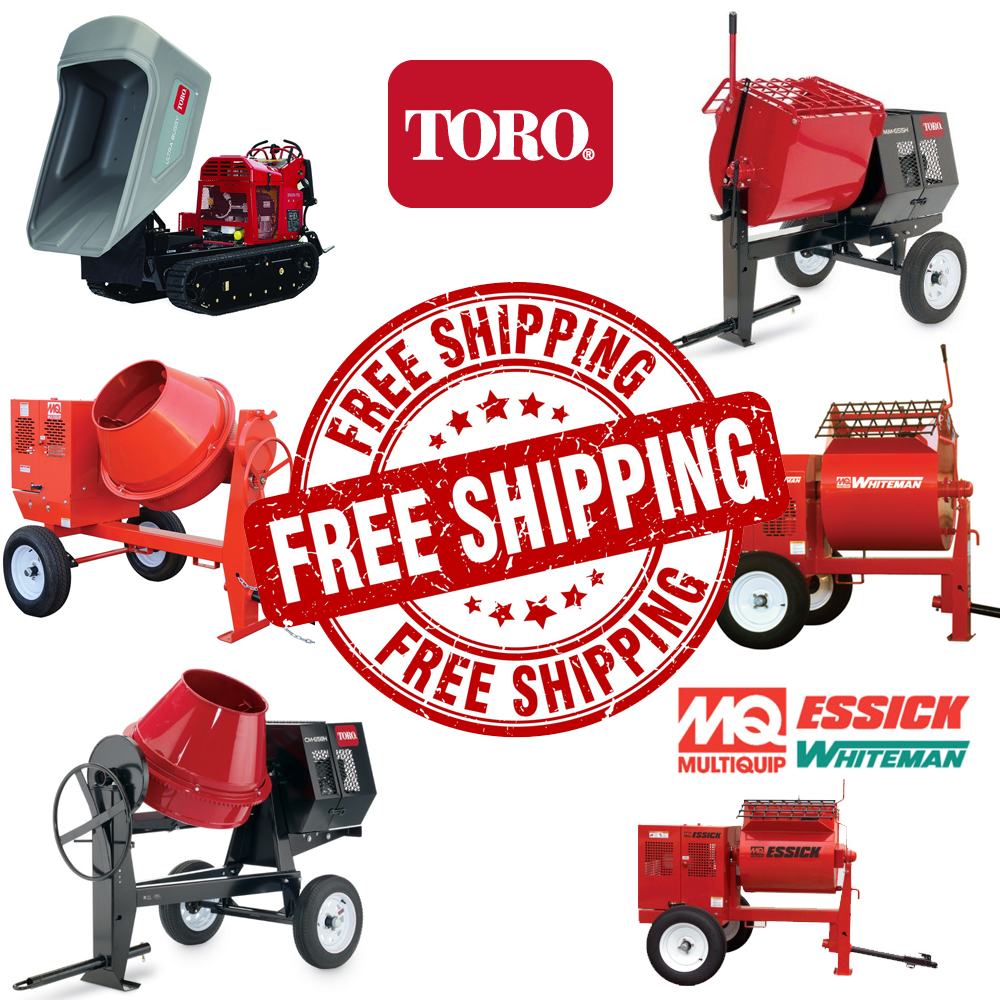
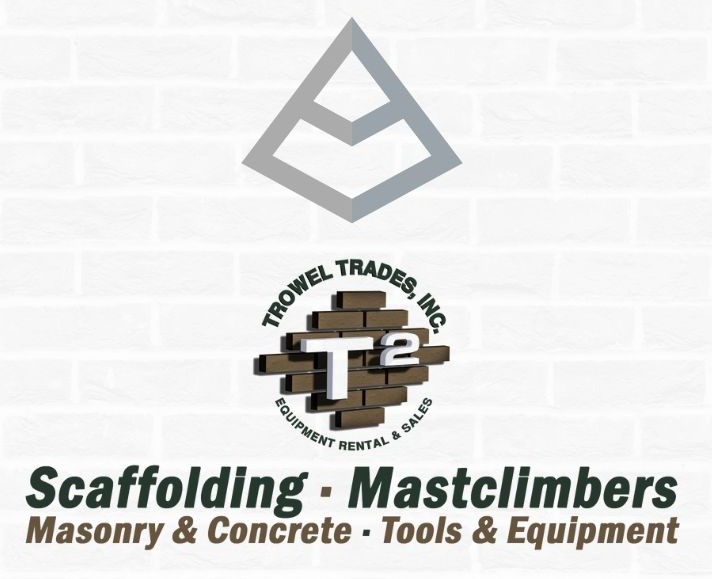
No spam, notifications only about products and updates.

Having dealt with MK Diamond Products and the Delahauts since the mid 1990’s it is sad to hear the news that they have closed their

I’ve told my wife and daughter to never follow a mortar mixer down the interstate. For over 30 years we have sold, rented, and repaired

This question is one of the most frequent mixer related questions our rental staff are asked. Our contractor customers know the importance of using the right tools for the job.

Trowel Trades, a company that specializes in equipment rental, tool retail, repair services, scaffolding and mast climber access solutions, enters the Silver Tier of the Masonry Alliance Program.
Your email was submitted successfully.
YOUR 10% OFF COUPON CODE IS WELCOME10.
See category exclusions below.
Category Exclusions:
Arbortech Brick and Mortar Saw, Compaction, Concrete Mixers, Concrete Walk Behind Saws, Drop Hammers, Grout Hogs, iQ Power Tools, Masonry Block Saws, Masonry Brick Saws, Mast Climbers, Mortar Mixers, Mud Buggy, Saws, Scaffold, Self Dumping Hoppers, Shoring, and Stihl